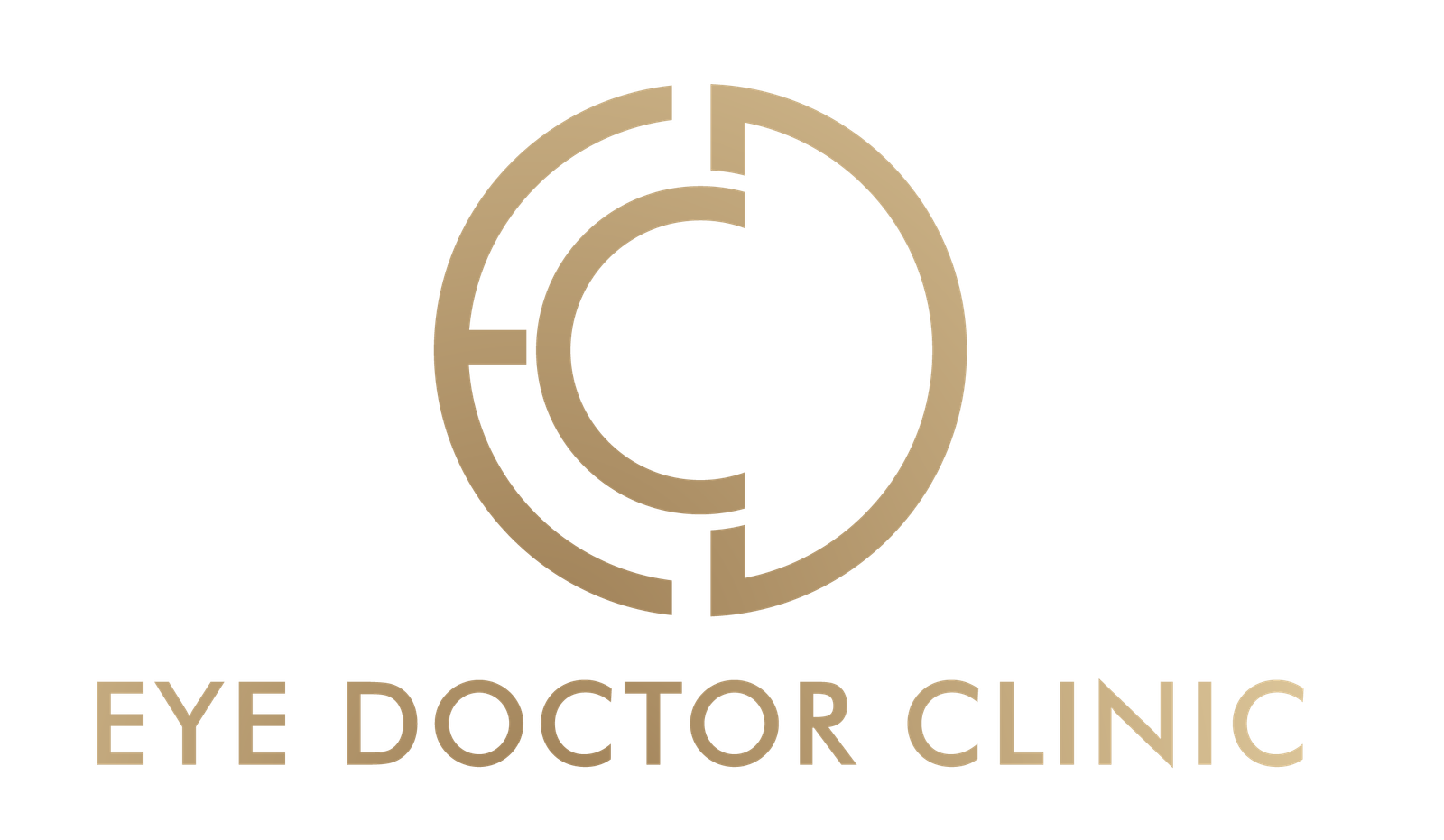
What is upper eyelid blepharoplasty?
An upper eyelid blepharoplasty (or “eyelid lift”) is often done for functional or cosmetic reasons. A functional procedure is required when there is a significant amount of excess lax skin (dermatochalasis) in the upper eyelids, the skin often hanging over the upper eyelid margins. This can result in the eyelids looking droopy, with a loss of the upper peripheral vision. In other less severe situations, the indication for surgery is chiefly cosmetic to rejuvenate tired looking upper eyelids.
A full examination with an expert in this area is required to make an accurate assessment of the situation so that an appropriate, realistic surgical management plan can be formalised.
What does the surgery involve?
An upper eyelid blepharoplasty is usually performed under local anaesthetic. Careful drawings are made on the eyelid skin at the start of the procedure. Excess skin and/or fat is removed via an incision which is hidden in a natural crease or fold in the eyelid. The healed scar within the eyelid is usually invisible, although sometimes it is necessary to extend a little towards the outer part of the eyebrow. This results in a very small visible scar in this area (near any crow’s feet) which can be hidden using a concealer and fades over time.
Generally, there is a high level of satisfaction following a cosmetic or functional upper eyelid blepharoplasty. Advice will be given on how to limit post-operative swelling and bruising. A good improvement, with a “natural” look, is usually apparent within 2 weeks of surgery, although it may take a few more weeks to get the full beneficial effect. The risks, in experienced hands, are low but loss of vision secondary to orbital haemorrhage has been described as a very rare serious complication in the literature.
Before And After




Contact Us
We’re here to answer your questions and help you achieve optimal eye health.
Get In Touch
- Phone: 01903495532
- Location : 1 Brooks Road, Lewes, BN7 2DN
- Email: contact@eyedoctorclinic.co.uk
Opening Hours
- Monday - Saturday 10 am -6 pm
